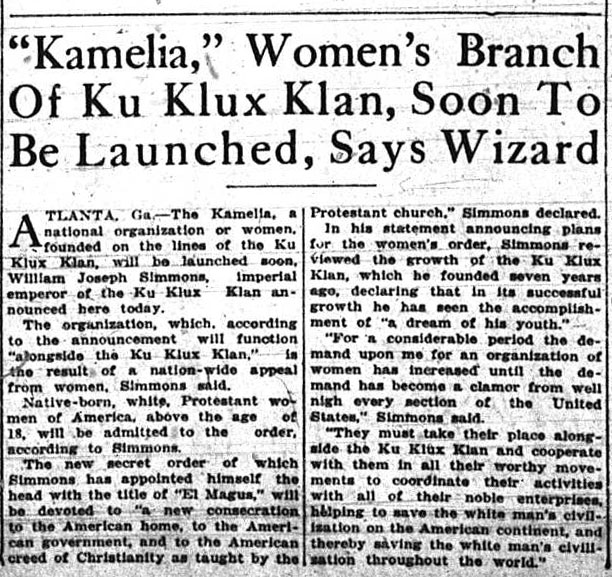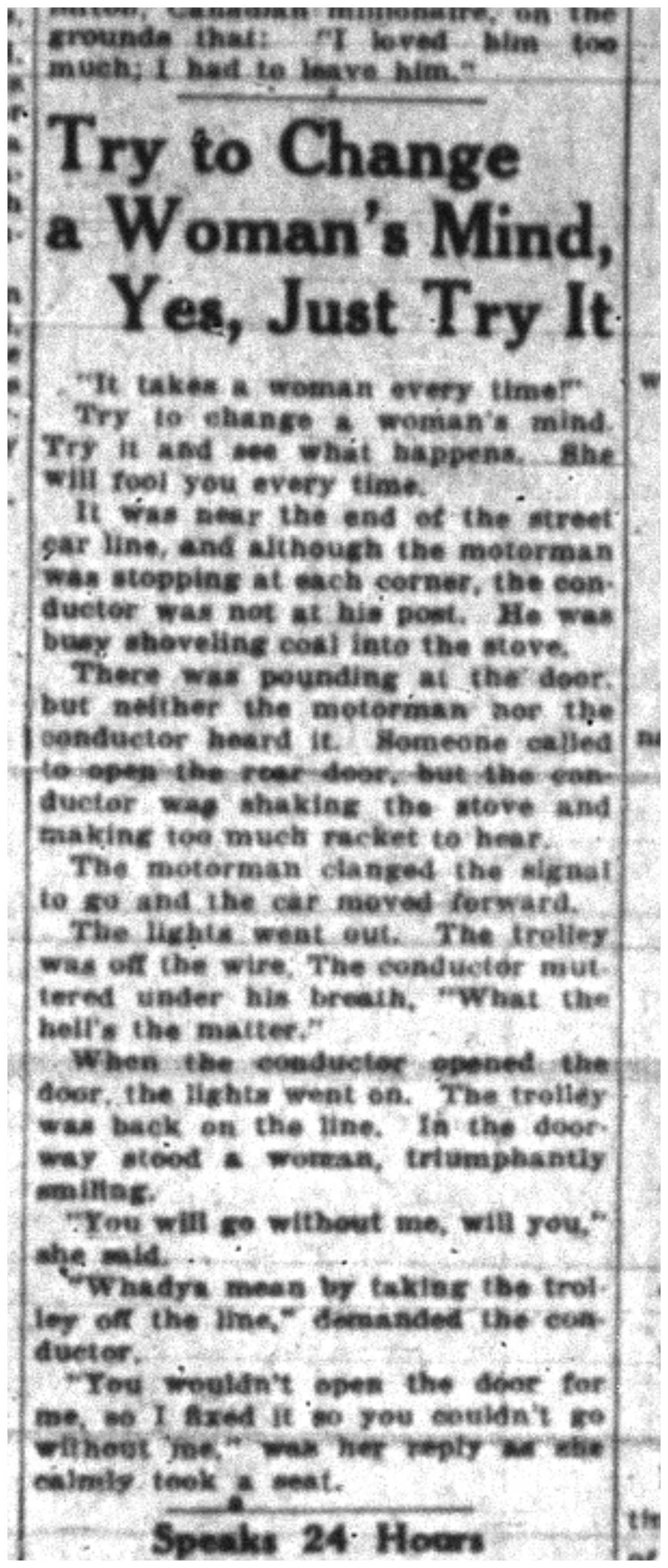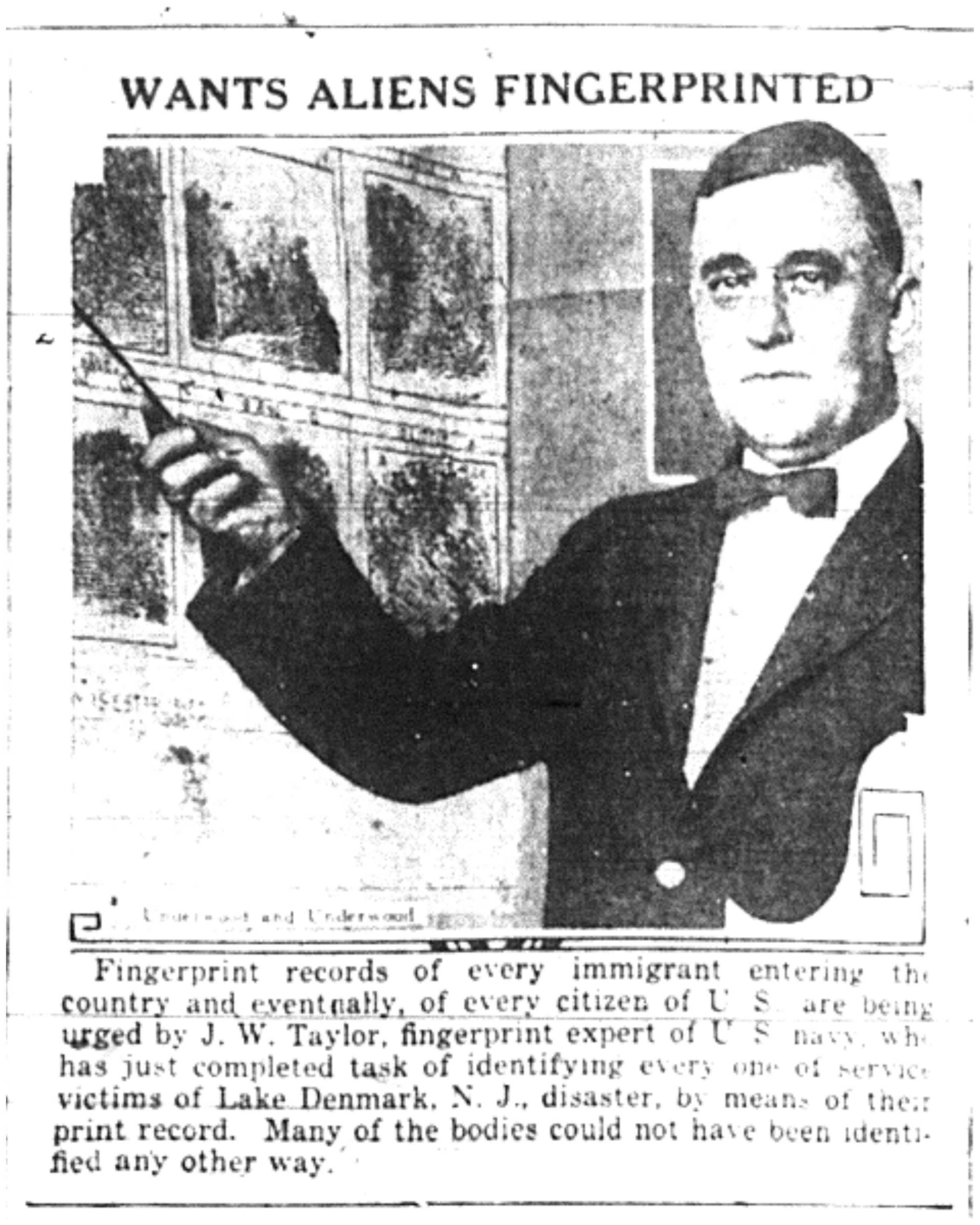As I’ve mentioned on this blog before, the Wisconsin State Historical Society is one of my favorite places to hang out. If I had the time, I could spend full days just combing through microfilm, plucking oddities from hundred year old newspapers. In fact, when I need to scroll through old papers to do work research, I have to discipline myself to only read the stuff I absolutely need – otherwise, I could be there for hours.
The glory of old newspapers is in the shocking anachronistic language they use; their pages are replete with terms that have long been shelved in the name of political correctness. Take, for instance, this front page headline from the Milwaukee Sentinel in 1923:

Of course, in 1923, “moron” was an actual psychological term, used to describe someone who was slightly mentally retarded. So the headline made perfect sense.
But it isn’t just words that are out of place in 2012 America; the subject matter is often fairly shocking, as well. Take, for example, this 1923 editorial from the Milwaukee Journal, which contests a study that argues Native Americans have no “racial odor:”

1923 was also a year when divorce was a very public act; when everyday couples divorced, it often made the front page of the newspaper, with reasons given for the split. Here’s a pair of divorce notices from 1923: in one, the husband alleges his wife “used abusive language,” and in the other, the wife alleges the husband married her before the legal one-year waiting period had passed. (Presumably, if the marriage was going well, she wouldn’t be as quick to seek an annulment – maybe the old wife came back around and caused trouble.)

1923 was also a time when the Klu Klux Klan was still very much a part of American life. Apparently, many Klan members thought the KKK was missing something: a feminine touch.
In March of 1923, a new women’s chapter of the KKK began meeting. They called themselves “Kamelia:”

This editorial was placed on the front page of the Milwaukee Journal, and is funniest how apropos of nothing it really is:

“Try to change a woman’s mind – YOU CAN’T DO IT! Am I right, fellas?”
Given all the hand-wringing about illegal aliens in 2012, I found this picture from 1926 to be entertaining:

Another example of how certain words have changed meaning over the past 100 years: Somehow, I think this characterization of George Washington would be a little more controversial these days:

Finally, I wrestled with whether to include this one – and I won\’t post the picture here. But while the other examples serve to show how long ago those words had different meanings, this example demonstrates how recently one specific word was still a part of acceptable American lexicon. It appeared on the front page of the Milwaukee Sentinel on October 24 of 1926, and involves a talented dog with a curious name.